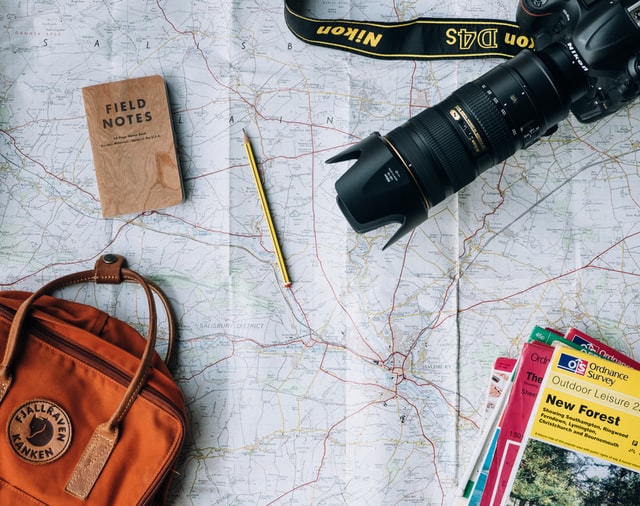Recent world events put a stop to traveling for nearly two years. Now that everything is getting back to normal, people are eager to get out there and explore. In the meantime, however, cyberattacks have grown exponentially. Data breaches are happening left and right, with victims ranging from large corporations to random individuals.
Travelers are especially vulnerable to data breaches. When traveling, you’re far more likely to use unsecured networks, and your devices are at greater risk of theft or loss. This article will provide a step-by-step guide to securing your data while traveling.
Book your travel from trusted websites
Your data is in danger even before you start traveling. When booking your flight or accommodation, be extra careful with the sites you’re visiting. There are plenty of scam websites that pose as mediators for flight and hotel bookings.
There are plenty of legitimate websites to choose from, most of which you’ve probably heard of. If another website gives you the same offer for half the price, it’s likely a scam.
Back up your data
Another important step to take before your journey is to back up the data on your devices. Laptops and smartphones are at high risk of getting stolen or lost, leaving your data at the hands of whoever finds your devices.
The only way to safeguard against this scenario is to make backups for all sensitive data. Leave the backup at home on a USB or external hard drive. If you want to access it from anywhere, create a backup on the cloud.
Enable security features on your devices
Some people still unlock their phones just by swiping. This made a little more sense in the past since it was quicker and more convenient. But with new technology like fingerprint and face scanning, there’s no reason not to have this crucial bit of protection when unlocking your phone. If you’re using an older phone, set up a PIN to unlock it, at least for the duration of your travels.
Download a VPN
VPN stands for Virtual Private Network. It’s a fantastic tool when traveling, considering how often you’ll have to rely on free, unencrypted Wi-Fi to get by. A VPN will encrypt the data packets coming from your device by routing them through a server hosted by the VPN provider.
Not all VPNs are made the same. Some are more reliable than others. If a VPN is free, it’s also likely selling user data to make money. It’s best to invest in a reputable VPN like NordVPN or ExpressVPN, even if you’ll need to pay a subscription to cover the time you’ll be traveling.
Avoid using public Wi-Fi
If you can’t afford a good VPN, the next best thing you can do is avoid using public Wi-Fi for the duration of your trip. That may be hard as you’ll often need the internet to get around. In those cases, connecting for a few minutes to find your way is fine, or even browsing the internet for a bit.
However, you should avoid logging into sensitive accounts or sharing sensitive data while connected to a public network. You never know whether someone is tracking your every move, waiting for you to make a mistake.
Leave smart devices at the hotel
Depending on your trip, you may bring more than just your phone with you. While nothing is wrong with that, it also adds security risks simply by giving a threat actor more options to execute an attack.
Leave all devices you don’t need behind. Disconnect them from the internet and turn off Bluetooth. Even if you’re not doing anything, the devices will continue interacting with the network as long as they’re connected.
Reset your credentials after your trip
This may sound like an extreme measure. But resetting your passwords regularly is highly recommended to prevent unauthorized access to your accounts. Considering the cybersecurity risks we already mentioned, it would be wise to reset your passwords after your trip, at least for your more sensitive accounts.
Conclusion
Traveling in 2022 brings some unexpected risks. Our devices are more connected than ever, making them vulnerable to cyber attacks. Security may not be the first thing on your mind when traveling, but it has to be a consideration. Follow our seven-step guide to dramatically improve your security posture and enjoy a fun and safe trip.
Photo by Unsplash.

